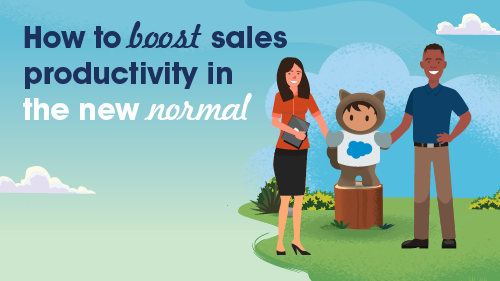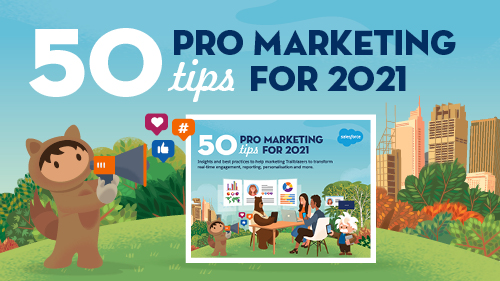In fewer than 900 words we explain what business strategy is



If you work in marketing, sales or product development, you’ve probably heard the term “business strategy” thrown around. But, what does it mean exactly? And, why is a strategy so essential to the success of your business?
Salesforce Staff
Let’s get one thing straight: a business strategy should never be seen as a “nice to have.” Your strategy is the grunt work, the thinking and the planning that will help you get to where you want to be.
Why do I need a strategy?
If the term ‘strategic direction’ rings a bell, it’s because managers and leaders like to use it when discussing business growth, expansion or product development to stakeholders. But dig a little deeper and you will find that beyond all the buzzwords, business lunches and ping pong tables, many organisations rely on aspiration rather than solid direction. And without consensus on your core goals or measurements of success, you’ll struggle to communicate a strategic vision or forward-looking plan with your customers, or even to yourselves.
Setting a strategy is a process that helps you prioritise goals, understand risks, align on focus areas, and identify resource needs to drive that success. Even if a fire drill pulls you elsewhere, your business strategy will help you stay focused on your longer term goals.
What makes a good strategy?
A strategy is made up of two things: a long-term vision underpinned by a robust and simple business plan.
The strategic vision
The Einstein quote: “If you can’t explain it to a six year old, you don’t understand it yourself” perfectly sums up just how simple your vision should be. It should provide a lens on a desired future state, a place the company aspires to be, is clear and can be measured.
When Salesforce formed in 1999 its vision was to rapidly create a world-class internet company for sales automation. It was a simple vision that people could (and did) buy into. And the thing about visions is they don’t have to stay the same. How many times do you think Salesforce has evolved its strategic vision since 1999? Many. Don’t be afraid to reset and adjust plans to ensure the evolution of your strategy is built on the right things.
Managing a strategic plan
A plan, or roadmap, consists of clear, actionable, prioritised and measurable milestones, that if met, help you achieve your strategy. Potential roadblocks are also included in the plan, with risk and mitigation approaches in place. And when the road gets bumpy, the plan helps you stay the course when going off road can seem like the easier path. It’s not to say a plan can’t change, but it shouldn’t be the starting point. The COVID-19 pandemic is an extreme example of when changing course would be the right choice to make. When the pandemic disrupted Salesforce’s 3-5 year strategy, along with businesses worldwide, we were able to adjust our localised plans and approaches for the short-term, but also hold onto our bigger picture vision.
Strategy isn’t a sprint – it’s a marathon
The point of a well thought out operational strategy is to have a roadmap to your goals, that if achieved, will deliver exceptional results. So why would you rush that? When developing a strategy you need to look past your default setting of instant gratification and be in it for the long-haul. A good strategy may take several years to achieve and require adjustments along the way. Have a plan, keep it simple, and most importantly – stick to it.
A practical guide to creating a vision
If you’re at the starting point of your business strategy journey, Game Storming have designed an open-ended, creative thinking exercise called Cover Story. The point of the game is to challenge your team to create a best case scenario and take it one step further into a fantastical future. Best run with a diverse group of people, the goal is to not get stuck in reality – think big and create a widely successful future! Here’s what the Cover Story concept includes:
- ‘Cover’ tells the BIG story of their success.
- ‘Headlines’ convey the substance of the cover story.
- ‘Sidebars’ reveal interesting facets of the cover story.
- ‘Quotes’ can be from anyone as long as they’re related to the story.
- ‘Brainstorm’ is for documenting initial ideas for the cover story.
- ‘Images’ are for supporting the content with illustrations.
The Cover Story exercise is a great way to encourage blue sky thinking and set you and your team on a path to building a solid strategy and developing a business plan designed to deliver on your goals. For more information on how to run the exercise visit the Game Storming website.
Start planning your response journey.
How to lead and build resilience for the next normal. Find business guidance to help you navigate the next normal by downloading our COVID-19 Response Playbook to help you lead and build resilience.






















